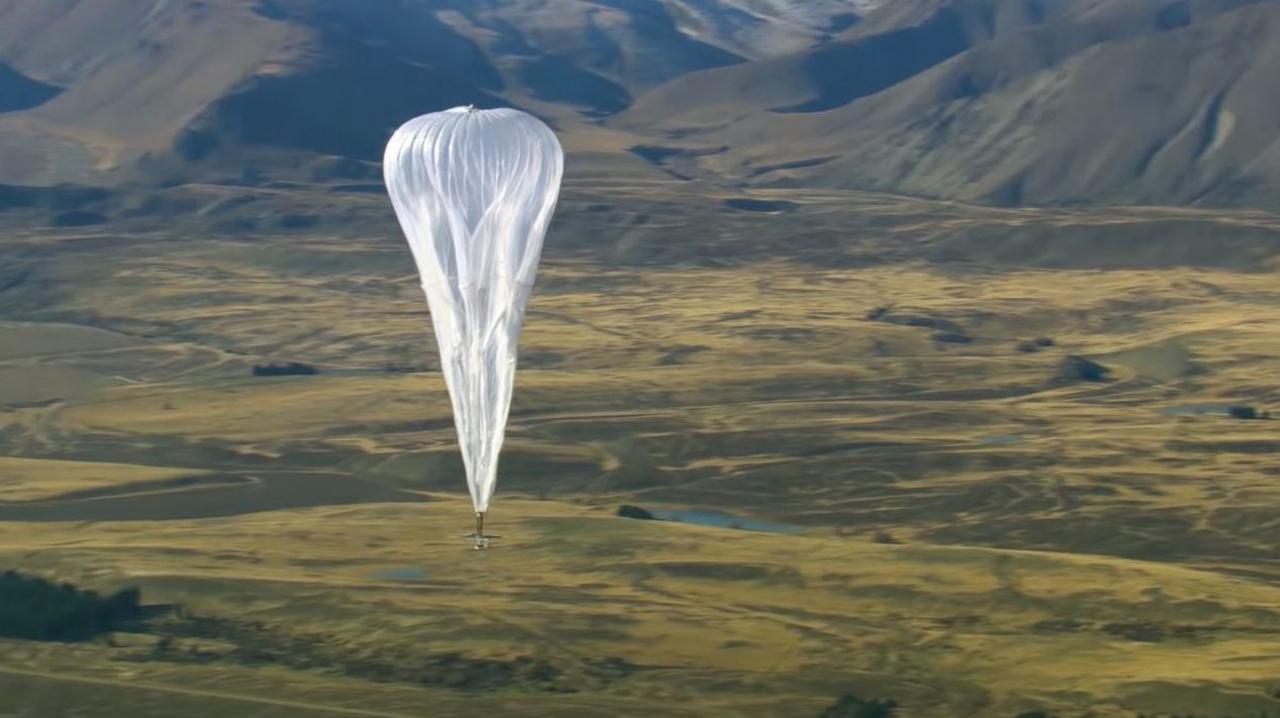4G internet balloons take off over Kenya
- Published

Loon's balloons float 20km (12.4 miles) above sea level
A network of giant internet-enabled balloons from Google's sister firm Loon is to provide internet access to remote areas of Kenya.
It will provide 4G coverage so people can make voice and video calls, browse the web, email, text and stream videos.
The project was announced two years ago but final sign-off from the Kenyan government has only just been given.
It is now being fast-tracked to help improve communications during the coronavirus pandemic.
The balloons' 4G internet service has been tested with 35,000 customers and will initially cover a region spanning 50,000 sq km (19,000 sq miles).
Eventually 35 solar-powered balloons will be in constant motion in the stratosphere above eastern Africa. They are launched in the US and make their way to Kenya using wind currents.
One field test of the service showed download speeds of 18.9Mbps (megabits per second) and upload speeds of 4.7Mbps.
Loon began as one of Google's so-called ''moonshot projects" in 2011.
In 2018, it teamed up with Telkom Kenya to provide a commercial service.
According to Loon's chief executive Alastair Westgarth, the spread of Covid-19 has meant both are "working as fast as we can to realise service deployment".
He added: "This is the culmination of years of work and collaboration between Loon, Telkom and the government."
Telkom Kenya's chief executive Mugo Kibati said it was "an exciting milestone for internet service provision in Africa".
"The internet-enabled balloons will be able to offer connectivity to the many Kenyans who live in remote regions that are underserved or totally unserved, and as such remain disadvantaged," he said.
Some critics said it would have been better in another African country because Kenya already has an estimated 39 million out of a population of 48 million people online.
Previously balloons from Loon have been used during an earthquake in Peru.
- Published19 July 2018

- Published17 May 2017